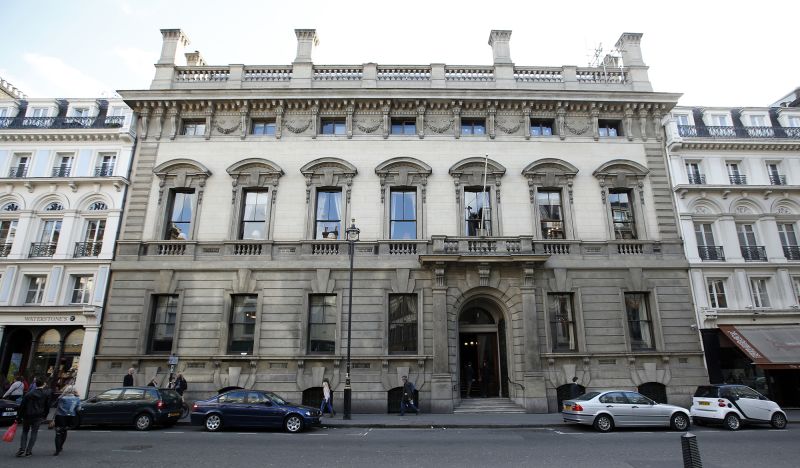The Garrick Club, a well-known haven for London’s elite creatives, has made a significant stride by voting to allow women as members. Established nearly two centuries ago, the exclusive private members’ club has long been a male-dominated institution. This decision marks a turning point in the club’s history and represents a step towards greater inclusivity and gender equality within its walls.
Founded in 1831, the Garrick Club has a storied past as a meeting place for men involved in the arts, particularly theater and literature. Over the years, it has welcomed notable figures such as Charles Dickens, J.M. Barrie, and Sir Laurence Olivier among its membership ranks. The club’s distinctive red-brick building in the heart of London’s West End has served as a sanctuary for its members, fostering a sense of camaraderie and intellectual exchange.
The decision to admit women comes after years of debate and pressure from both within and outside the club. Critics have long pointed to the club’s outdated policies as evidence of its resistance to progress and its exclusionary practices. The vote to allow women as members represents a significant shift in the club’s culture and a recognition of the changing attitudes towards gender equality in society at large.
While some members may view this decision as a departure from tradition, many see it as a necessary and long-overdue evolution for the Garrick Club. Opening its doors to women not only reflects the changing demographics of the arts and entertainment industries but also aligns the club with modern values of inclusivity and diversity.
As the Garrick Club enters this new chapter in its history, it will be interesting to see how the dynamics and atmosphere within its walls may shift. With women now able to enjoy the club’s facilities and participate fully in its activities, the institution is poised to become a more vibrant and inclusive community for all its members.


